rather objects
advertisement
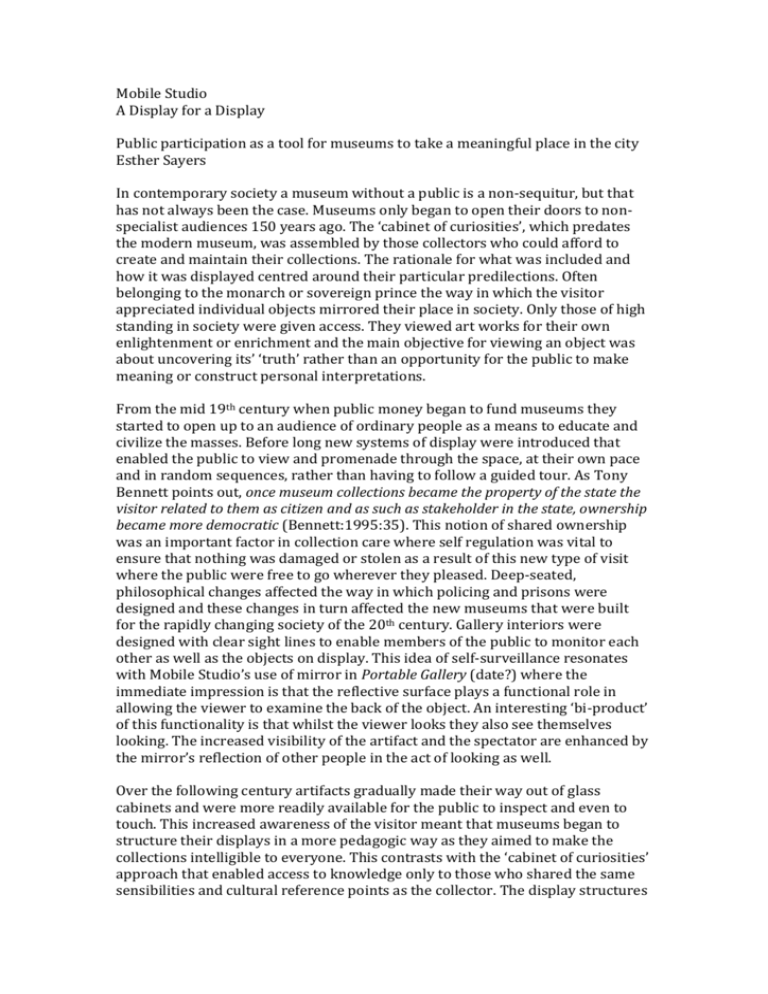
Mobile Studio A Display for a Display Public participation as a tool for museums to take a meaningful place in the city Esther Sayers In contemporary society a museum without a public is a non-sequitur, but that has not always been the case. Museums only began to open their doors to nonspecialist audiences 150 years ago. The ‘cabinet of curiosities’, which predates the modern museum, was assembled by those collectors who could afford to create and maintain their collections. The rationale for what was included and how it was displayed centred around their particular predilections. Often belonging to the monarch or sovereign prince the way in which the visitor appreciated individual objects mirrored their place in society. Only those of high standing in society were given access. They viewed art works for their own enlightenment or enrichment and the main objective for viewing an object was about uncovering its’ ‘truth’ rather than an opportunity for the public to make meaning or construct personal interpretations. From the mid 19th century when public money began to fund museums they started to open up to an audience of ordinary people as a means to educate and civilize the masses. Before long new systems of display were introduced that enabled the public to view and promenade through the space, at their own pace and in random sequences, rather than having to follow a guided tour. As Tony Bennett points out, once museum collections became the property of the state the visitor related to them as citizen and as such as stakeholder in the state, ownership became more democratic (Bennett:1995:35). This notion of shared ownership was an important factor in collection care where self regulation was vital to ensure that nothing was damaged or stolen as a result of this new type of visit where the public were free to go wherever they pleased. Deep-seated, philosophical changes affected the way in which policing and prisons were designed and these changes in turn affected the new museums that were built for the rapidly changing society of the 20th century. Gallery interiors were designed with clear sight lines to enable members of the public to monitor each other as well as the objects on display. This idea of self-surveillance resonates with Mobile Studio’s use of mirror in Portable Gallery (date?) where the immediate impression is that the reflective surface plays a functional role in allowing the viewer to examine the back of the object. An interesting ‘bi-product’ of this functionality is that whilst the viewer looks they also see themselves looking. The increased visibility of the artifact and the spectator are enhanced by the mirror’s reflection of other people in the act of looking as well. Over the following century artifacts gradually made their way out of glass cabinets and were more readily available for the public to inspect and even to touch. This increased awareness of the visitor meant that museums began to structure their displays in a more pedagogic way as they aimed to make the collections intelligible to everyone. This contrasts with the ‘cabinet of curiosities’ approach that enabled access to knowledge only to those who shared the same sensibilities and cultural reference points as the collector. The display structures created by Mobile Studio offer multiple ways in which the viewer can see, touch and participate in the exploration of objects. In Writing Table (date) the display system itself (made from pencils) provides a structure that both offers-up catalogues to the public whilst allowing the visitor to use the pencils to write their own notes or to provide feedback. This is exhibition furniture which has participation built in to the look, function and usage for the start. In a political climate in which harmony is sought at all costs the relationships that exist between the ‘public’ and the gallery are not always harmonious. The desire to attract audiences who reflect the changing demographic of the city gives way to initiatives that aim to increase the number and type of people who participate in museums. In an increasingly diverse society it is impossible to justify significant amounts of public money being spent on museums if the visitors only reflect a small proportion of that society. Whilst pedagogic approaches to display, interpretation and learning are being continually rethought and reworked to embrace marginal groups alongside the main cohort of museum visitors the development of content has been slow to catch up. Many museum staff whom are entirely committed to making museum collections accessible to all face insurmountable barriers to access because their collections don’t represent a diverse society. Some artists have offered a critical take on museum collections, notably Sonia Boyce, Fred Wilson, Yinka Shonibare. In recent years opportunities for dialogue with the viewer have been favoured over more didactic methods and personal meaning making has replaced knowledge-based approaches. Audience development strategies have heightened the drive to increase participation in public collections and in some cases are a powerful contributory factor to the decisions that are taken about what is shown and how it is displayed. Methods of display constitute one of the many ways in which the museum communicates with it’s public. Participation is an active manifestation of the universal entitlement to our shared cultural resources, it is also seen as a form of empowerment. Having been locked out until the 19th century and then allowed restricted access with control of what, when and how to view objects todays publics are not only welcomed in to the museum but asked to participate in the interpretation of objects and artefacts as well. Participation, collaboration and performativity have become so important that, in the case of new relational art practices, they are even invited to take part in the making of the work itself.
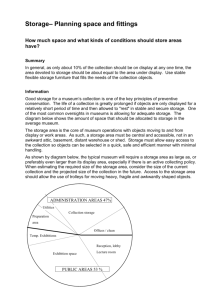






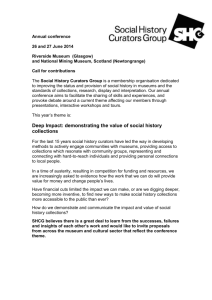
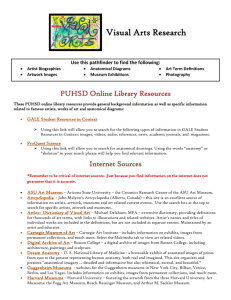

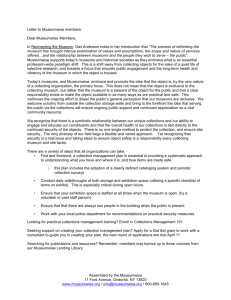
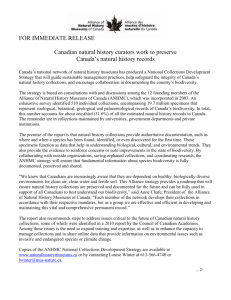
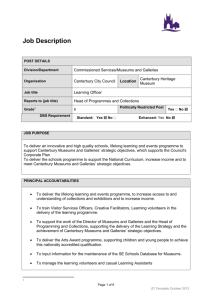
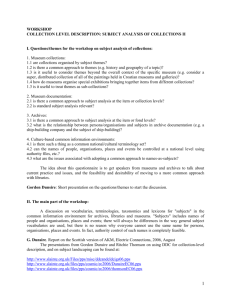
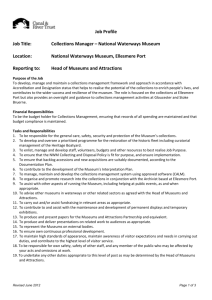
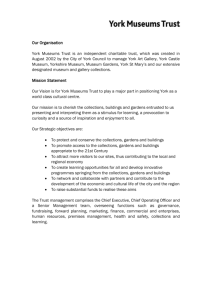
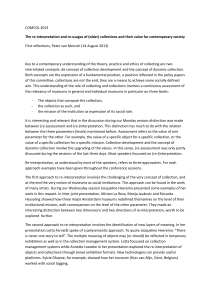
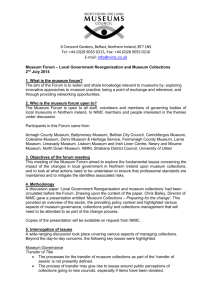
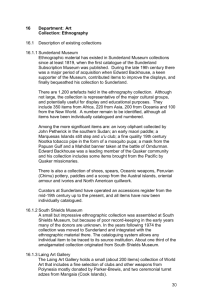
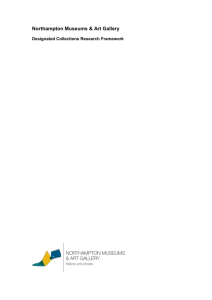
![[CLICK & ENTER NO] - Winchester City Council](http://s3.studylib.net/store/data/007352761_1-f6b174d03f4ff675bcce6f7a945c735b-300x300.png)
